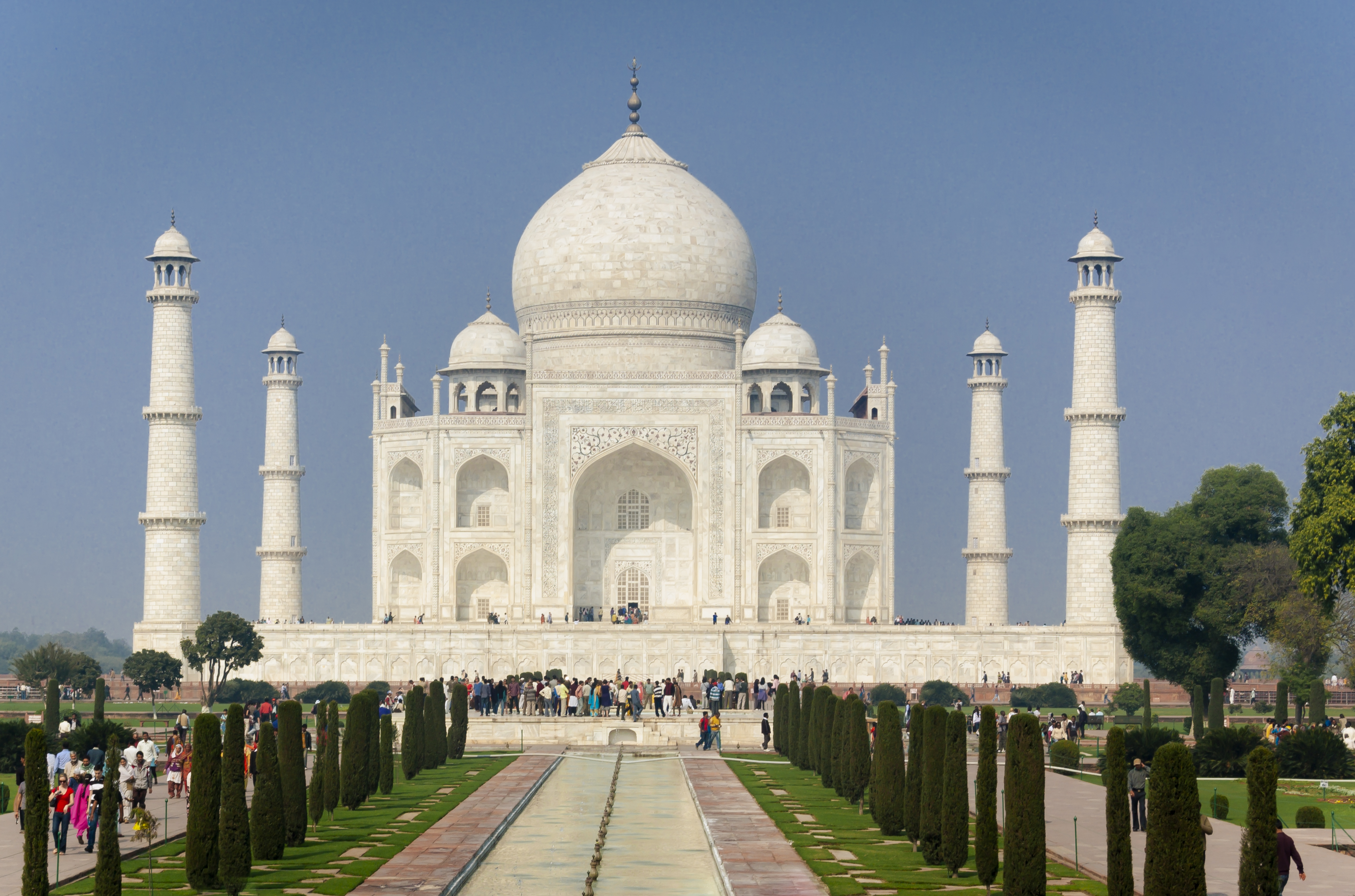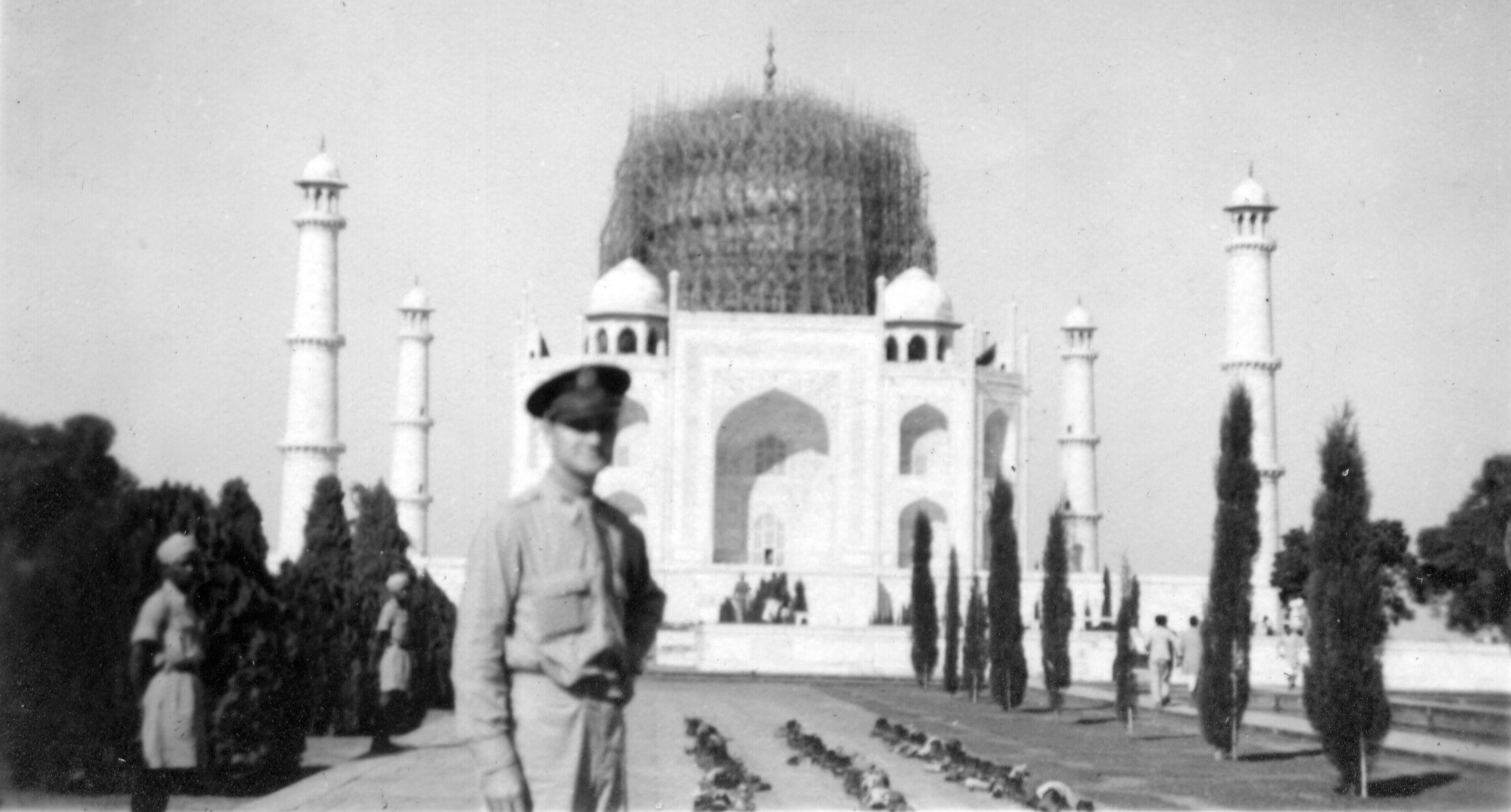We often see the world's most recognizable monuments as eternal and unchanging. After all, can you imagine Paris without the Eiffel Tower, or New York without the Statue of Liberty? Well, the Taj Mahal is older than the two of those put together, and in WWII, the Indian architectural jewel underwent a very bizarre change indeed.
The Crown Of The Palace
During WWII, the German Luftwaffe, along with its Japanese allies, sent serious shivers down the spines of the Allies. Their bomb raids took down ships, planes, and civilians alike, and the British government began to worry that their colonial Indian national treasure, the Taj Mahal, was next.
 Matthew T. Rader, CC BY-SA 4.0, Wikimedia Commons
Matthew T. Rader, CC BY-SA 4.0, Wikimedia Commons
They were probably right to worry. If the Germans found a way to destroy the building, they would destroy a huge chunk of Indian history. Commissioned in 1631, Shah Jahan built the massive, white marble beauty as a mausoleum for his wife Mumtaz Mahal, who had perished in childbirth earlier that year. It took over a decade to complete the building itself, and five more to finish the landscaping.
In other words, its potential bombing wasn't something war reparations could ever fix. Enter: A wild idea.
The Taj Mahal Gets A Makeover
Now, the Germans and Japanese had fearsome aerial units, it's true. But what they didn't have was GPS, satellite imagery, or sophisticated ways of seeing what they were trying hit down below. As a result, the British decided the best way to protect the Taj Mahal was...rudimentary camouflage.
 John Atherton, CC BY-SA 2.0, Wikimedia Commons
John Atherton, CC BY-SA 2.0, Wikimedia Commons
They placed bamboo scaffolding over the dome, and possibly the rest of the building, to make it look like it was only a stockpile of wood and not a marvel of its age. They took it seriously, too. This was such a top secret process, very few photographs of the camouflage exist, which is why we only have evidence of that bamboo dome.
To be fair, the Axis powers never did bomb the Taj Mahal, and it stands intact in Agra, India to this day.







